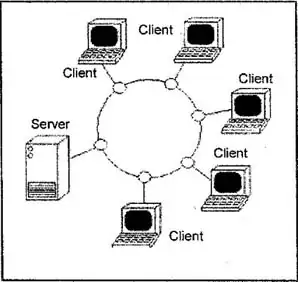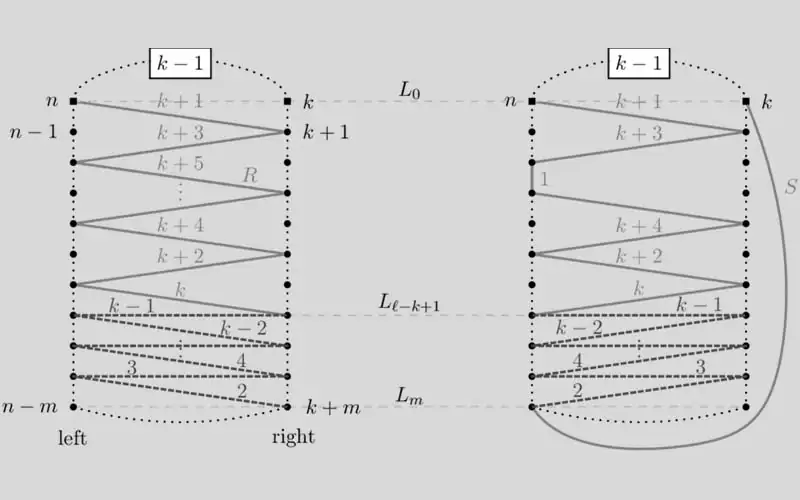Describe ring topology and advantages and limitations of Ring topology.
Ring Topology.
The workstations are connected in a closed loop configuration. This is also known as circular topology because the nodes are connected in a circle. Adjacent pairs of workstations are directly connected. Other pairs of workstations are indirectly connected. In this node, there is no end of the network, means every node is connected to the other one thus, forming a ring. Every node will have two neighboring nodes which are directly connected to it.
A node accepts data from one of the neighboring node and transmits to the other one. As the physical feature, the data has to travel in circular way. We can use this in peer-to-peer networks, where there is a need for every machine to work as processor and distributor of data. Example:
- IBM Token Ring.
- Fiber Distributed Data Interface.

Advantages of Ring Topology
- All computers are given equal access to the token, no computer can monopolize the network.
- Can handle network traffic.
- Ideal for a larger network.
- There is no need of a server to manage functioning.
Limitations of Ring Topology
- Expensive than bus network topology.
- It is slower when compared to an Ethernet network under normal load.
- The troubleshooting is difficult.
- If one node is not working properly, the network will get disturbed.




